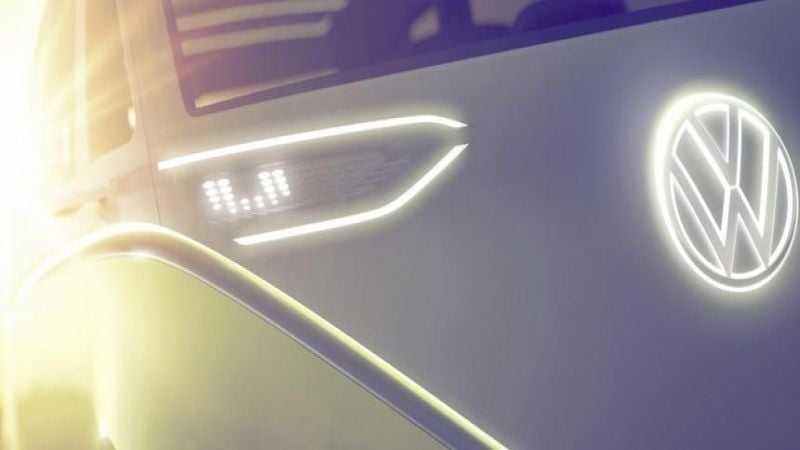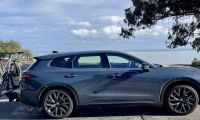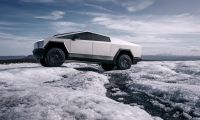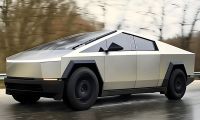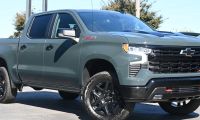Hardly wasting time, Volkswagen has followed up on the unveiling of its ride-sharing subsidiary Moia with its announcement that visitors to next month’s North American International Auto Show (NAIAS) in Detroit will see a concept electric VW Microbus aimed at challenging Uber.
Uber just this week rolled out a fleet of self-driving vehicles in California in defiance of the state. The ride-sharing service claimed that like Tesla’s AutoPilot feature each self-driving Uber car relied on similar technology and there was a driver on board to take control. That argument didn’t hold up with the state, and it summarily pulled all the registrations from the Uber vehicles. Still, Uber’s thinking is clear on this. It is using its fleet of self-drivers to pick up and drop off passengers.
Self-Driving Electric Minibus
Moia’s self-driving electric minibus, which will be shown at the auto show, will have a roomy interior and long range. It will be a full self-drive vehicle, as well (they call it driving fully autonomously). It has an upright front end which looks like the automaker’s Microbus van.
The second concept vehicle in its ID family of connected electrics, the new minibus is based on VW’s new Module Electric Drive Kit (MEB). A Golf-sized electric hatch, the first ID concept vehicle, used the MEB platform and debuted at September’s Paris Auto Show in September.
An all-wheel-drive model, power is provided by two electric motors. At the heart of the concept is its self-driving capability. Normally, a steering wheel is there for the driver. However, the wheel retracts into the dashboard when the driver touches a pad that launches self-driving modes.
The new concept retains some of the ideas that were shown in the first vehicle. For example, the Detroit concept is set to have a spacious interior that is multi-functional.
Altogether, the Detroit concept uses an enormous amount of technology. For example, if the driver activates self-drive mode, some special actions happen:
- Laser scanners look at the total vehicle environment.
- Ultrasonic and radar sensors back up the lasers.
- Active cameras monitor other road users and the surroundings.
When Volkswagen launched Moia a couple of weeks ago, Ole Harms, the division’s chief executive, told reporters that his organization is focused on starting a ride-hailing shuttle service. Users, who seek a ride, will use a smartphone app – once Uber’s sole domain -- to notify the Moia service a trip is needed, and a microbus is sent.
First Models Will Be Standard
At first, Moia’s operating fleet will be based on existing VW Group models. The VW Transporter minibus is slated for first duty as a multi-user ride. The Transporter uses standard gasoline-based technology. Ultimately, VW notes, the first transport buses will be replaced by the new electric that will be shown in Detroit. The new electric will have six to eight seats, Harms said.
VW is sprinting forward with as many as 30 new battery-powered vehicles by 2025. The automaker believes electric car sales will be at two to three million units, about a quarter of its global sales. It is in line with projected global market share that will be held by EVs.
Sources: Automotive News, www.newspressusa.com



